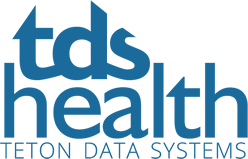Bacterial Pathogenesis: A Molecular Approach

Description
Written as a text for one-semester microbiology courses, the third edition of the highly acclaimed Bacterial Pathogenesis draws together the latest research to help students explore the mechanisms by which bacterial pathogens cause infections in humans and animals. It features two additional authors who offer new points of view to ensure that all facets of the field are thoroughly explored. Readers will discover the strategies that bacterial pathogens use to survive and multiply within their hosts as well as the strategies that hosts use to fend off infections. At the same time, the text’s engaging style, illustrative examples, and thought-provoking exercises convey the excitement and fun of scientific discovery.
Completely revised and updated, this third edition features a new organization that dispenses with separate chapters dedicated to individual bacterial pathogens. Instead it focuses on core principles based on the growing understanding of the underlying similarities among pathogens and their mechanisms of action. In addition, readers familiar with the previous edition will find much new material. For example, there is new coverage of key findings on the mechanisms of bacterial secretion, toxins, and regulation.
Study questions at the end of each chapter challenge students to probe more deeply into the issues covered. This edition also offers new problems that immerse students in the discovery process. These problems present actual research data, asking students to interpret the data and then devise new experiments that would help build their understanding.
New to the Third Edition:
- • Presents new paradigms that unify concepts in the field of bacterial pathogenesis
- • Challenges students to interpret actual research data and design new experiments
- • Explores the latest findings on the mechanisms of bacterial secretion, toxins, and regulation
- • Expands coverage of the role of normal microbial populations of the human body in health and disease
- • Includes two new authors offering additional perspectives and points of view
Key Features:
- • Inspires students to become involved in the scientific process
- • Builds understanding of principles by using easy-to-follow examples
- • Illustrates molecular mechanisms of pathogenesis with clear diagrams
- • Defines key terms in a detailed glossary
- • Explains the historical development of important findings



